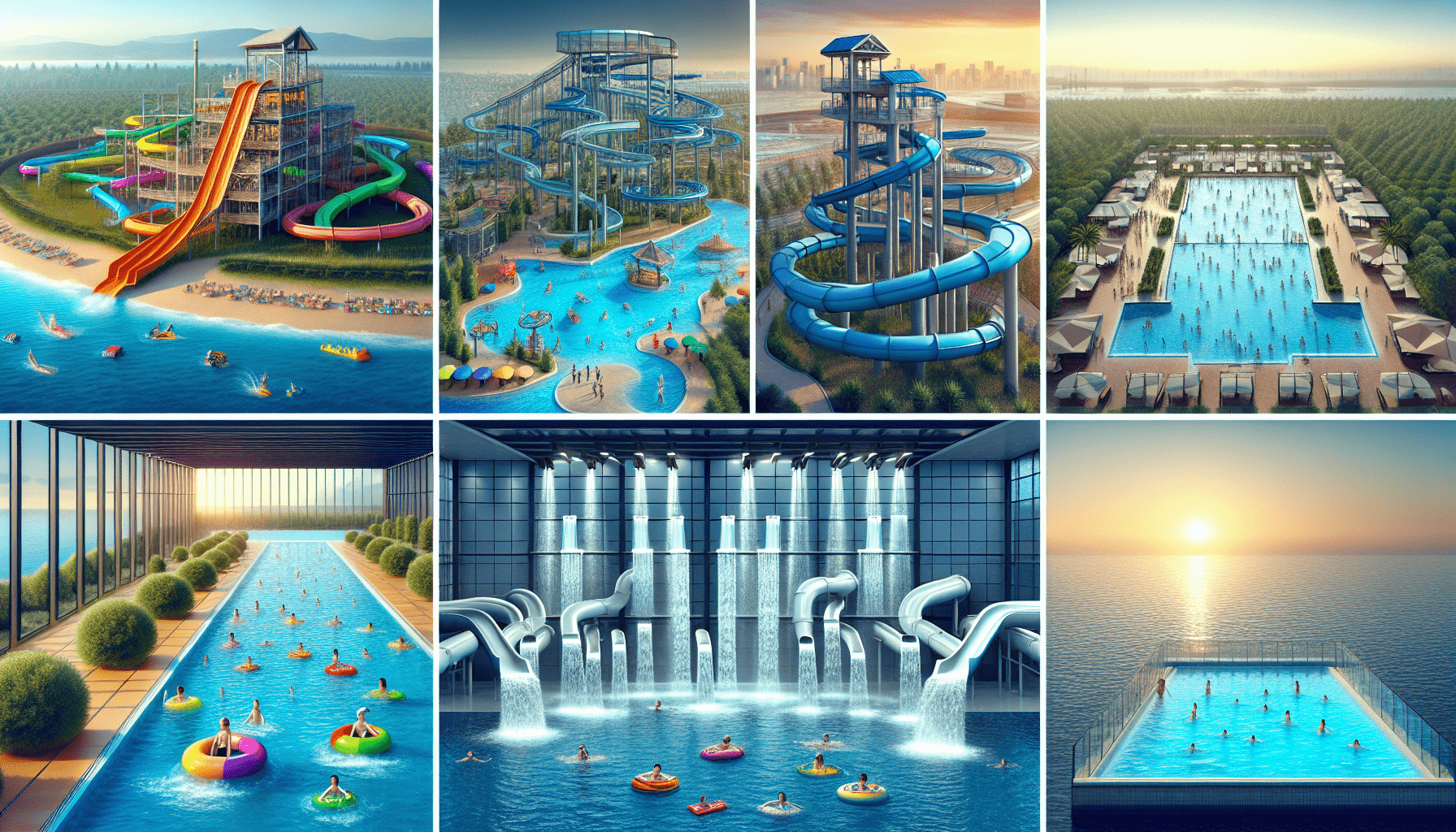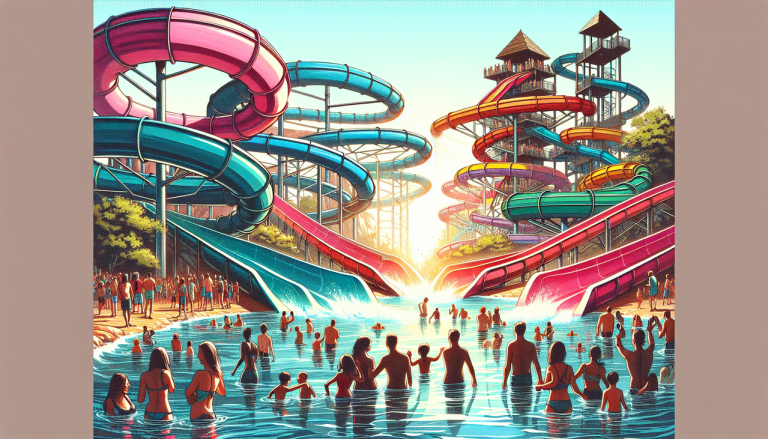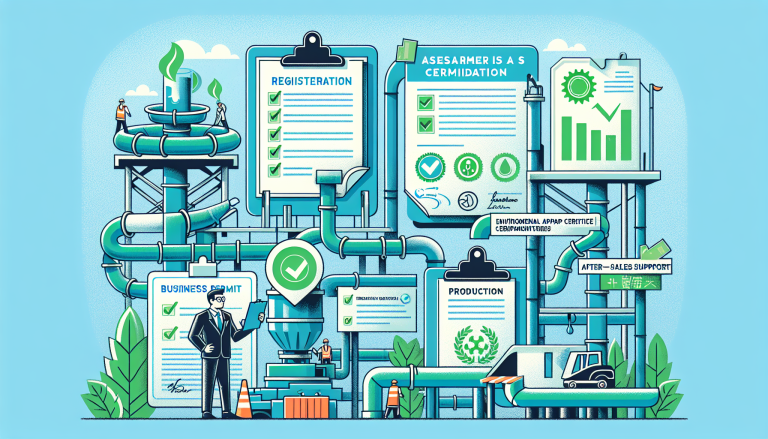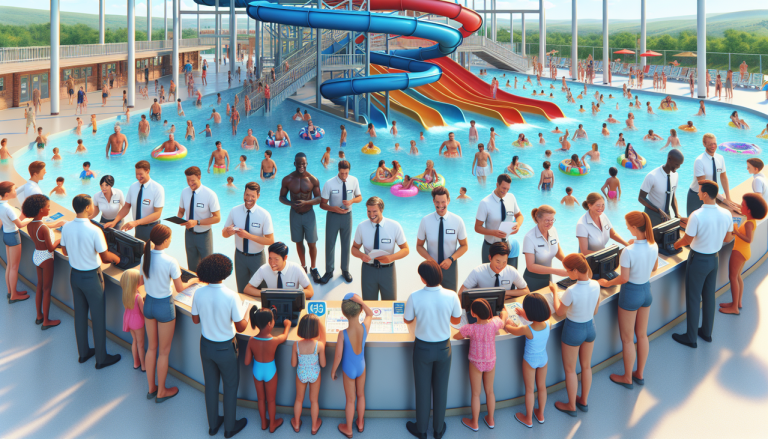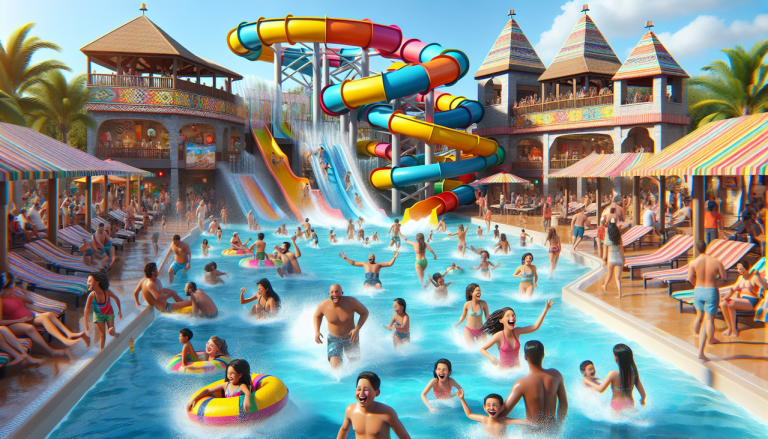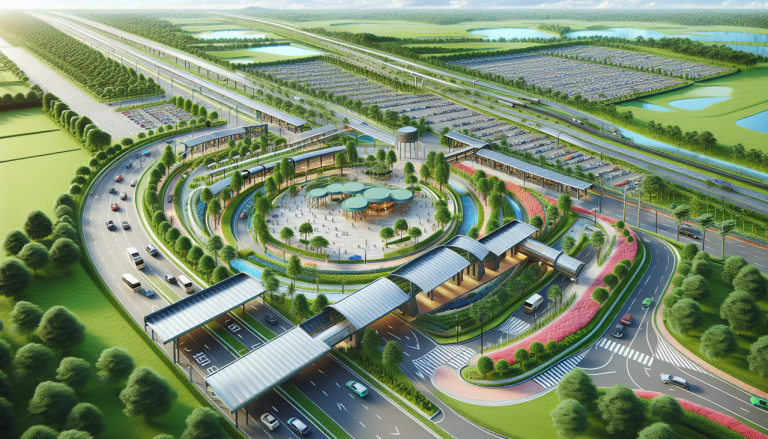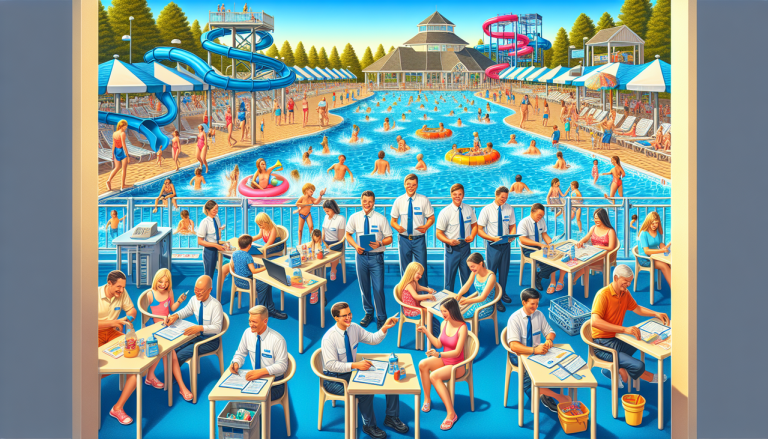Water Park Classification
Audio:
Text:
Water park investors often ponder over the type and size of water park they should establish. The experts at Lanchao water park equipment manufacturer provide insights into the water park classification:
Classification by Forms
1. Outdoor Water Parks: Most water parks fall under this category. For investors, the operational period typically spans from June to August during summer. In some regions, operations can extend up to six months, from the end of April to October.
2. Indoor Water Parks: These parks are usually situated within commercial complexes and can function year-round. However, due to high operational costs and reduced market demand in winter, many indoor water parks either close or transform into parent-child parks during the colder months.
3. Comprehensive Water Parks: These parks feature both outdoor and indoor sections, and sometimes include land-based attractions alongside water-based ones.
4. Hot Spring Water Parks: A recent trend, these parks combine traditional water park elements with hot springs. This fusion aims to address the seasonal limitations of outdoor water parks and the summer inactivity of hot springs. However, this concept is still being tested in the market.
Classification by Consumption Patterns
1. Urban Leisure and Entertainment Type: These water parks are urban amenities designed primarily for local residents, providing leisure and entertainment within the city.
2. Tourist Vacation Type: Typically located at a distance from major cities, these parks cater to tourists who often require accommodation. They can be further classified into hot spring resorts, coastal resorts, and tourism destinations based on their unique features.
Investors must clearly define the type of water park they wish to develop during the planning phase. This decision influences the selection of water park equipment and the construction of related facilities. The target market also dictates the scale of the water park. For instance, large or super-large water parks (spanning over 200 mu) are suitable for first-tier cities with populations exceeding 10 million. In contrast, water parks in fourth and fifth-tier cities should ideally cover 60-120 mu. Note that indoor water parks are not included in this classification.
For more detailed information on water park classification, visit the Lanchao website.
